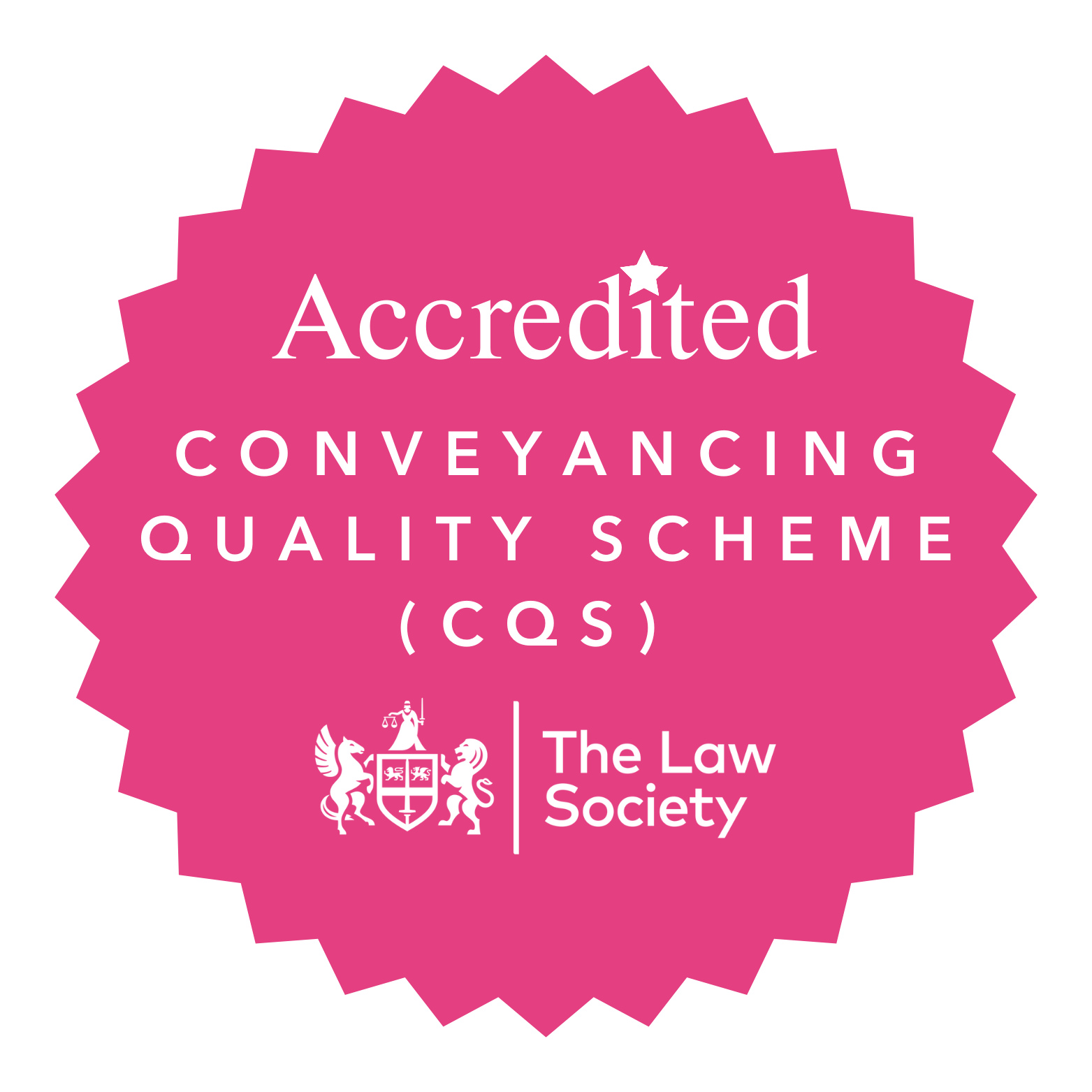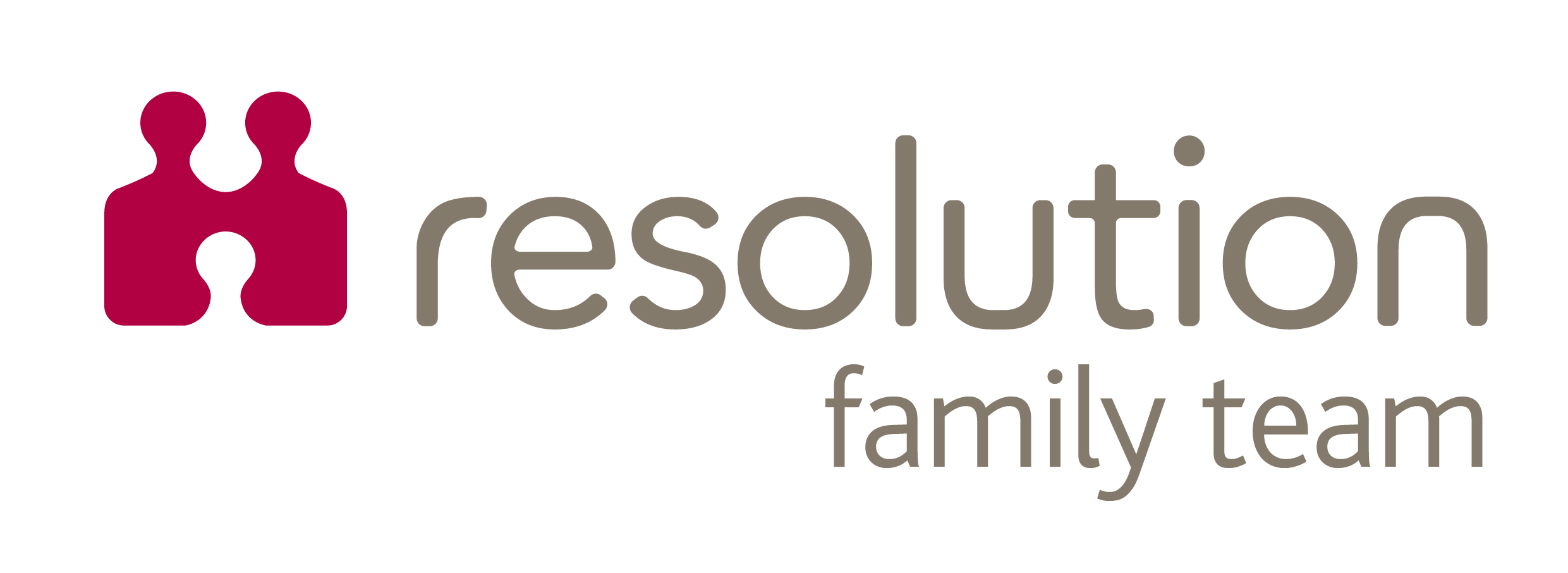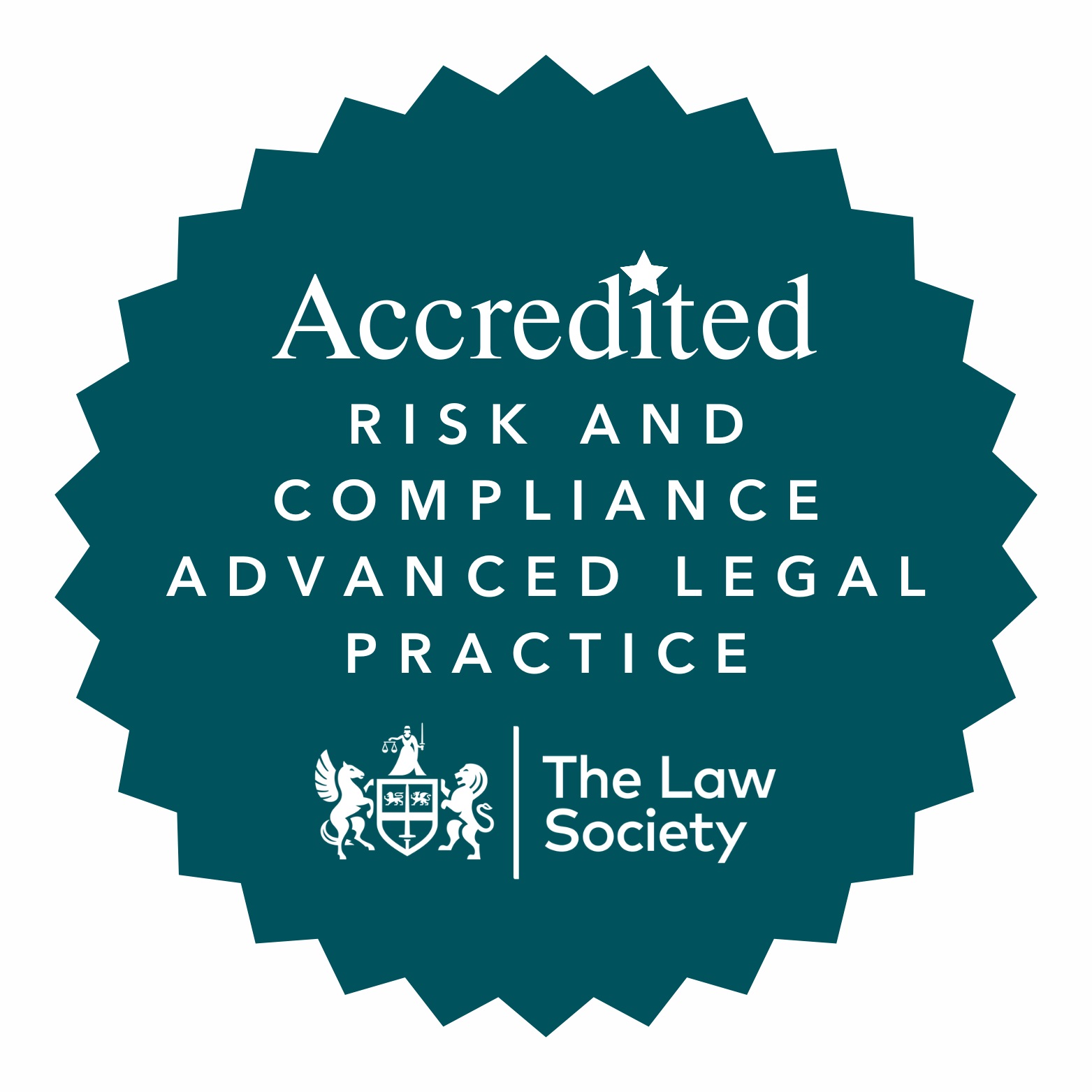The Building Safety Act (BSA) has introduced a new era of safety regulation for high-risk buildings, reshaping the conveyancing process in the UK. For conveyancers, this means dealing with additional complexities, particularly in transactions involving properties in a building which is over five storeys or 11 metres. This article explores the key implications of the Act and its effect on property transactions.
Understanding the Building Safety Act
The Building Safety Act (BSA) came into force in April 2023 in response to the Grenfell Tower tragedy.. Its primary goal is to ensure homes are built and maintained with safety as the top priority. The BSA hopes to shifts responsibility for fixing safety issues—such as cladding defects—onto building owners or responsible developers rather than leaseholders.
A central feature of the BSA is the distinction between “qualifying leaseholders” and others. Qualifying leaseholders are those who owned their property on or before February 14, 2022, and owned fewer than three residential properties. Determining whether a lease qualifies is a critical part of the conveyancing process under the Act.
Conveyancers need to advise clients carefully on whether they meet the qualifying criteria, as this directly affects their liabilities in terms of building safety remediation.
The Role of Leaseholder and Landlord Certificates
The BSA introduces new certification requirements, including the Leaseholder Certificate and the Landlord Certificate. These documents play a vital role in assessing liability for remediation costs and determining whether leaseholders are protected under the Act.
If a landlord fails to provide the necessary certificate within four weeks, they could become liable for remediation costs. This tight deadline has led to complications in many transactions, and conveyancers must ensure they manage this process effectively.
Challenges for Non-Qualifying Leaseholders
Non-qualifying leaseholders do not receive the same protections under the Act. This group may still be liable for significant remediation costs, adding risk to property purchases. Conveyancers must ensure that clients understand the potential financial liabilities they may inherit, particularly in high-risk buildings.
Determining Building Height and Classification
The classification of a building as “high-risk” is another crucial factor under the BSA. Buildings that exceed 11 meters or five storeys fall within the scope of the Act. However, determining the height of a building can be problematic, with discrepancies sometimes arising between mortgage documents and safety assessments.
Conveyancers must navigate these inconsistencies carefully, often requiring input from surveyors to verify the height of a building before proceeding with a transaction.
Implications for Conveyancers: Managing the Risks
The BSA has increased the pressure on conveyancers, who now need to guide clients through a complex regulatory framework. Conveyancing firms must stay informed about changes to the Act and its implications for property transactions, particularly when it comes to qualifying leases, liability for remediation costs, and compliance with safety regulations.
Some firms have chosen not to handle high-risk building transactions due to the potential for increased indemnity insurance premiums and liability exposure. For those that continue to operate in this area, diligence, expertise, and a clear understanding of the BSA’s requirements are essential.
The Building Safety Act has introduced a new level of complexity to the conveyancing process, particularly for high-risk buildings. By understanding the key provisions of the Act, including qualifying leaseholder status, certification requirements, and building classification, conveyancers can better serve their clients. As the regulatory landscape continues to evolve, conveyancers must remain vigilant and proactive in managing the risks associated with building safety regulations.
Looking for Expert Guidance on the Building Safety Act?
At DTM Legal, our Residential Conveyancing team will ensure your property transactions are handled with the utmost care and expertise. Whether you’re buying or selling our experienced solicitors are ready to provide clear, practical advice to protect your interests.
Make DTM Legal your trusted partner in property today. Speak to a member of our Residential Conveyancing team by visiting DTM Legal’s Residential Services or email Siobhan Beattie, Partner, at siobhan.beattie@dtmlegal.com.






